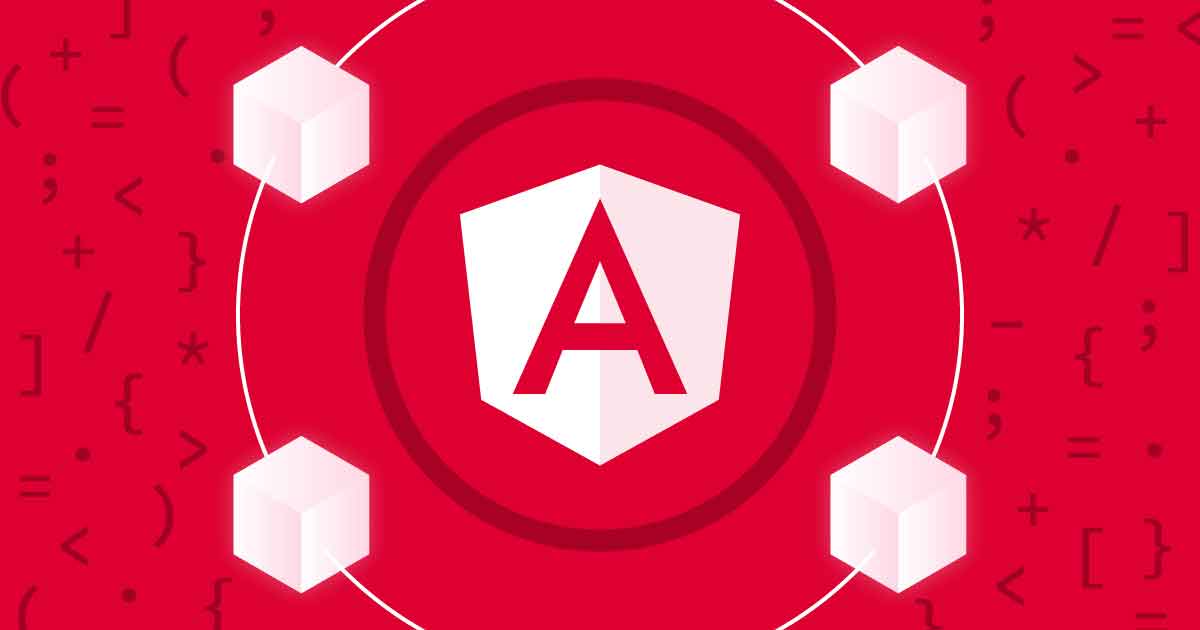The State of Angular in 2019
It’s that time of the year when conferences and events are happening all over the world and we are bombarded with an amount of information that is pretty hard to digest. The Front End world is a never-stopping machine and we all know how hard it is not to stay behind. Watching all the conferences takes a lot of time, and quite understandably, most of us may prefer Netflix after a day at the office! For these reasons, I want to help you decompress the information overload and give you an overview of the state of Angular in 2019 in a single post. This is what we’re going to talk about in this article: * The current state of Angular * The latest features of the Framework * The latest topics and trends Understanding some of the words you may see here and there but that you’re not actually very clear about (yet)
The Angular’s Ecosystem is large and thriving
Even if the framework is shipped with an incredible amount of tooling out of the box provided by the Angular team itself, the ecosystem provided by the community is incredibly large and high-quality. We have all sorts of things that we can use with Angular: Deep integration with awesome fast-growing tools such as Typescript and RxJS, which make Angular benefit indirectly as these tools make more and more progress State management libraries of different flavors Code Quality toolings, such as Codelyzer UI libraries, Components, Directives, Pipes, etc. Large IDE plugins repositories Testing Frameworks and utility libraries Last but not least, extensive documentation from both the community and the Angular team in regards to best practices, guides, tutorials, books, video-courses, etc. In the next paragraphs, we will see a detailed overview of some of the best tools we can use in our Angular projects. The deep integration with tools such as Typescript and RxJS make Angular benefit indirectly as these tools make more and more progress.
New and Exciting Features
At the time of writing, Angular recently shipped version 8 with various improvements and features. Nothing that deeply affects how we use the framework, which most of the times is good news, but under-the-hood improvements that make Angular’s projects smaller and faster, improve the already awesome Developer Experience with the using the framework, and the almost-complete new renderer.
Differential Loading
The concept of differential loading is easier than its name would suggest. Simply put, the compiler will generate two bundles: one for browsers with modern capabilities stripped out of the polyfills needed, and one for older browsers. The newest browsers will load the modern bundles, the older ones that need the polyfills will load the legacy bundles. This is a big win, as most users are likely using the latest browsers, so we only ship the legacy browsers to a small subset of our users!.



